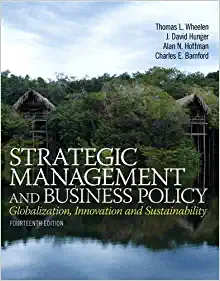


Question 3 Consider a sealed-bid second price auction with two bidders. The seller has a value 0 for the object. Each bidder has a value drawn from the uniform distribution F('v) = 'U on [0, 1], i.e., the probability that his value is less than a: is just 3:. a. Given that the highest bidder has a value 113, you know how to calculate the expected value \"I. of the lower bidder, conditional on this value being less than 113. Calculate the expected revenue of the seller. b. Now suppose the seller can also submit a bid 1', which is his reservation price. If the highest bid is lower than 1', then the object is not sold. If the highest bid is greater than 1', then the highest bidder gets the object at a price equal to the larger of the other two bids. For an arbitrary a", what is the probability that: (1) Both buyers bids exceed 1' (ii) Exactly one buyer bids more than 1'- (be careful with your calculations), (iii) Both buyers bid less than 1'? c. Ptom part b., calculate the sellers expected revenue for an arbitrary reserve value. d. Find the optimal reserve. e. If you can't solve the whole problem, provide some intuitive reasoning about whether the Optimal reserve should be 0 or greater than 0. Suppose the seller sets a very small reserve, e.g., 1/100. Think of when he would lose and when he would gain, how much he would lose or gain, and the probabilities of these events. Question Consider a sealed-bid second price auction with three bidders. The seller has a value 0 for the object. Each bidder has a value drawn from the uniform distribution F(v) = v on [0, 1], i.e., the probability that his value is less than x is just x. suppose the seller can also submit a bid r. which is his "reservation bid". If the higher--continue reading Answered by Expert Tutors i) 1 + r2 + 2r ii) 3r2(1-r) iii) r3 Explanation F(v) = v on [0, 1] For any bid value v, the probability that his value is less than x is just x. P(V
r Price of the object will be: p = max [ highest of v1 and v2, r] i. Both the highest and second highest bids exceed r, P(a bid exceeding r) =1 - P(a bid less than r) =1-r P(both the highest and second highest bids exceed r) = (1-r) * (H) = (1-r)2 =1+r2+2r ii. Exactly one buyer bids more than r (be careful, you need to count the probability that it is bidder 1 or bidder 2 or bidder 3), P (exactly one buyer bids more than r) = P(bidder 1 with more than r) + P(bidder 2 with more than r) +P(bidder 3 with more than r) = (1-r)*r*r + r*(1-r)*r + r*r*(1-r) = r2(1-r) + r2(1-r) + r2(1-r) = 3r2(1-r) iii. All buyers bid less than r? P(all buyers bid less than r) = r*r*r = r3












